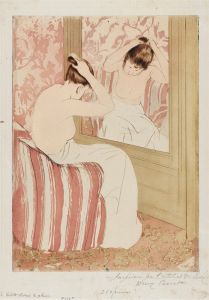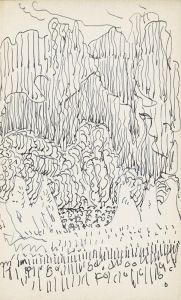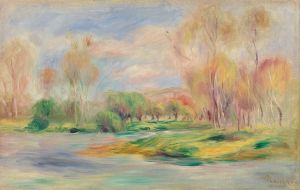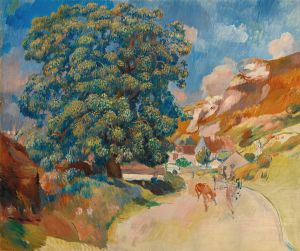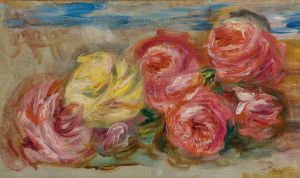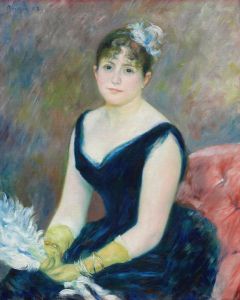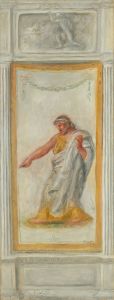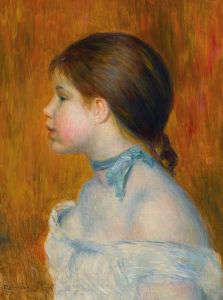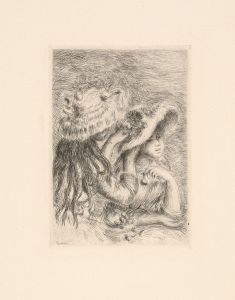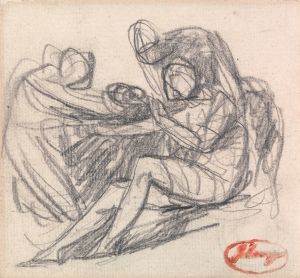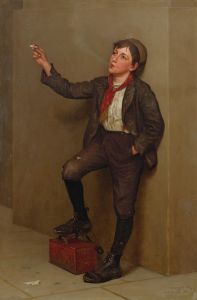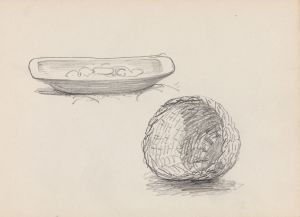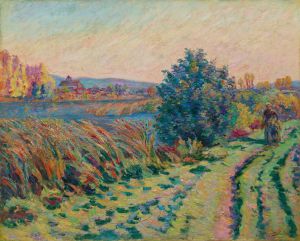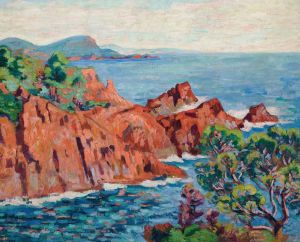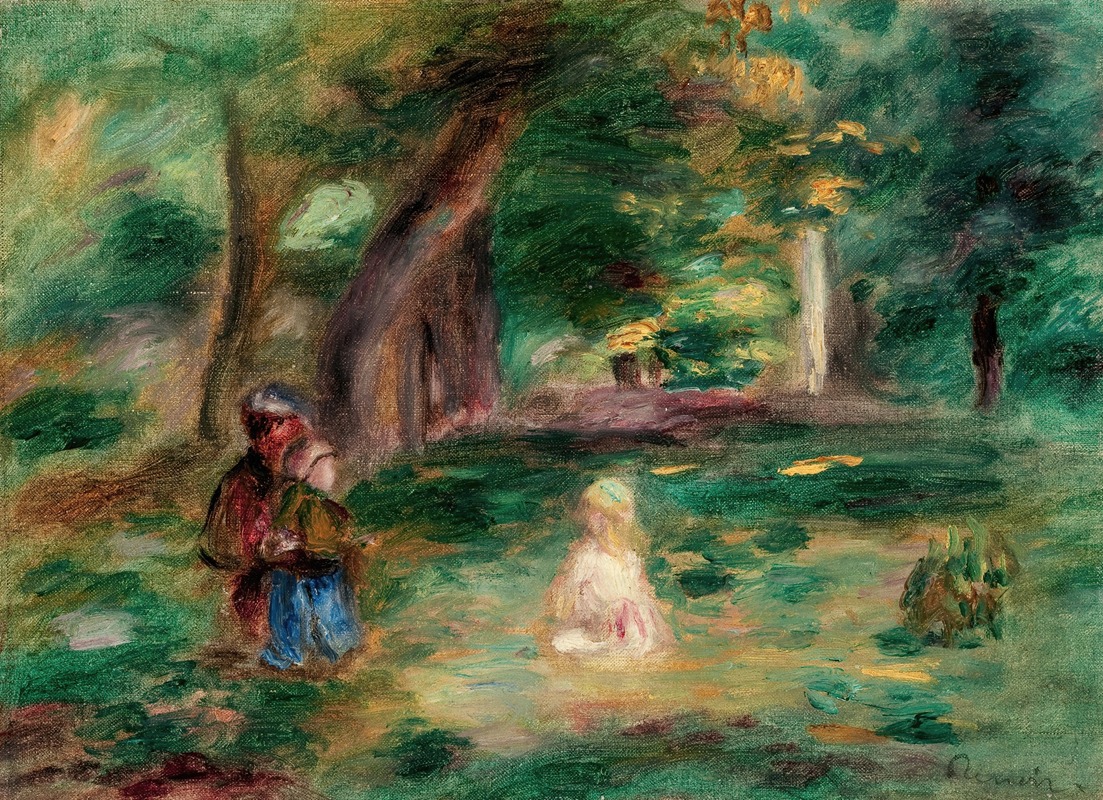
Trois personnages dans un paysage
A hand-painted replica of Pierre-Auguste Renoir’s masterpiece Trois personnages dans un paysage, meticulously crafted by professional artists to capture the true essence of the original. Each piece is created with museum-quality canvas and rare mineral pigments, carefully painted by experienced artists with delicate brushstrokes and rich, layered colors to perfectly recreate the texture of the original artwork. Unlike machine-printed reproductions, this hand-painted version brings the painting to life, infused with the artist’s emotions and skill in every stroke. Whether for personal collection or home decoration, it instantly elevates the artistic atmosphere of any space.
Pierre-Auguste Renoir, a leading figure in the Impressionist movement, is renowned for his vibrant light and saturated color, often focusing on people in intimate and candid compositions. One of his lesser-known works, "Trois personnages dans un paysage," exemplifies his skill in capturing the essence of human interaction within a natural setting. Although specific details about this painting are scarce, it is consistent with Renoir's broader body of work during the Impressionist period.
Renoir was born in Limoges, France, in 1841, and his artistic journey began when he worked as an apprentice in a porcelain factory. His early exposure to art and color significantly influenced his later works. By the 1860s, Renoir had enrolled in the École des Beaux-Arts in Paris, where he met other future Impressionists like Claude Monet, Alfred Sisley, and Frédéric Bazille. These relationships were pivotal in the development of the Impressionist movement, which sought to capture the effects of light and atmosphere in a more spontaneous manner than traditional academic painting.
"Trois personnages dans un paysage" likely dates from the period when Renoir was deeply involved with the Impressionist group, which held its first exhibition in 1874. The painting's title, which translates to "Three Figures in a Landscape," suggests a focus on human figures set against a natural backdrop, a common theme in Renoir's work. His paintings often depicted leisurely scenes of social gatherings, intimate family moments, and people enjoying the outdoors, reflecting the changing social dynamics of the time.
Renoir's technique involved loose brushwork and a vibrant palette, which he used to convey the fleeting effects of sunlight and shadow. This approach is evident in many of his works, where figures are often integrated into their surroundings through the use of color and light, creating a harmonious balance between the subjects and their environment. This technique allows the viewer to experience the scene as a whole rather than focusing solely on individual elements.
While specific information about "Trois personnages dans un paysage" is limited, it can be inferred that the painting embodies Renoir's characteristic style and thematic interests. His works from this period often explore the interplay between figures and their settings, emphasizing the beauty of everyday life and the joy of human interaction. Renoir's ability to capture the subtleties of human expression and the vibrancy of nature has made his paintings enduringly popular.
Renoir continued to evolve as an artist throughout his life, experimenting with different techniques and styles. In his later years, he moved away from the Impressionist style, adopting a more classical approach with a focus on the human form. Despite this shift, his earlier works, including those like "Trois personnages dans un paysage," remain celebrated for their innovative approach to capturing the essence of modern life.
In summary, while detailed information about "Trois personnages dans un paysage" is limited, the painting is representative of Pierre-Auguste Renoir's broader artistic endeavors during the Impressionist period. It reflects his fascination with human figures in natural settings and his mastery of light and color, which continue to captivate audiences worldwide.





